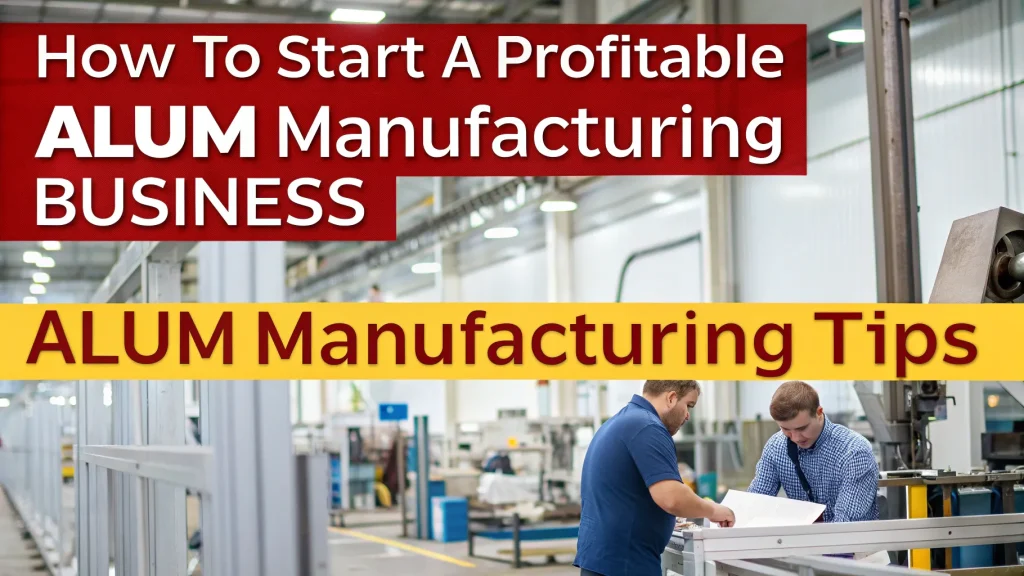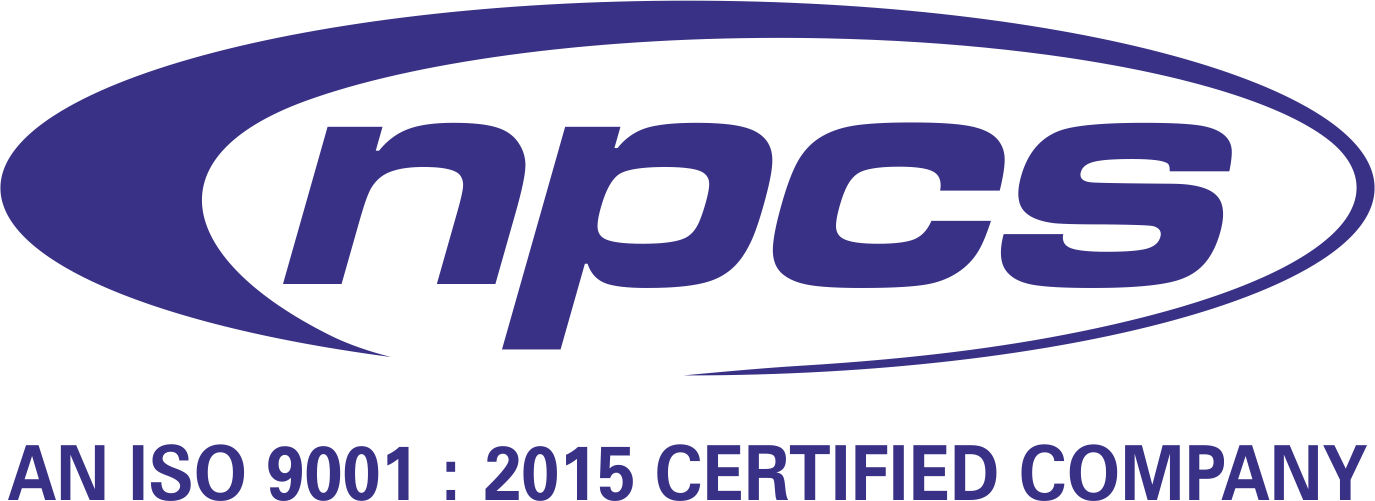A Comprehensive Look for Startups and Entrepreneurs
The manufacturing sector offers significant opportunities for startups and entrepreneurs looking to establish themselves in a growing market. A particularly promising area is the manufacturing of High-Pressure Laminate (HPL) boards, which are becoming increasingly sought after due to their wide range of applications and escalating demand. This article delves into the economic prospects of HPL board manufacturing and underscores its potential for new business initiatives.
Market Demand and Application Diversity
HPL boards are prized for their robustness, moisture and chemical resistance, and aesthetic adaptability, making them suitable for various uses across furniture, interior design, and construction industries. With the global population on the rise and the corresponding expansion of the real estate and interior design markets, the demand for HPL boards is expected to surge.
Particularly within the construction industry, HPL boards serve critical functions in cladding, paneling, and facades, valued for their durability and ability to withstand diverse weather conditions. Additionally, the increasing preference for modular furniture and tailored home interiors further boosts the market demand.
Competitive Landscape and Niche Opportunities
The HPL board market offers a competitive landscape that presents both challenges and opportunities. Established players dominate certain segments, but there are numerous niche opportunities for new entrants. Startups can carve out their space by focusing on innovation, such as offering eco-friendly or customized HPL boards tailored to specific customer needs.
Additionally, leveraging cutting-edge technology and automation in the manufacturing process can yield significant cost savings, enhancing profitability. For instance, optimizing raw material use and minimizing waste through efficient production processes can lead to higher profit margins.
Profit Margins and Scaling Potential
The profit margins in HPL board manufacturing are favorable, thanks to the relatively low cost of raw materials like paper, resins, and adhesives compared to the product’s selling price. The scalability of the business model further contributes to profitability. Once established, an HPL manufacturing unit can expand its production capacity, diversify product lines, or explore new markets with relative ease.
Services Provided by NPCS
At Niir Project Consultancy Services (NPCS), we are experts in guiding clients through the process of establishing manufacturing businesses, such as High-Pressure Laminate (HPL) board manufacturing. Our offerings include detailed project reports and tailored business plans designed to meet your specific requirements. We provide extensive market research reports that enable you to navigate the competitive environment, understand consumer behavior, and identify opportunities for expansion.
Our team consists of seasoned Technical Consultants, Engineers, Economists, and Technologists, all committed to providing exceptional services to ensure your business succeeds. We take great pride in our collaborative approach, striving to surpass our clients’ expectations in a dynamic market.
Visit this Page for More Information: Start a Business in Construction Industry
Marketing and Branding Strategies
To maximize profitability in HPL board manufacturing, startups and entrepreneurs must focus on strategic marketing and branding. Establishing a strong brand identity can differentiate your products from competitors, attract customers, and foster loyalty. Here are some key strategies to consider:
- Product Differentiation: Position your HPL boards as unique in the market. This could involve highlighting specific features like eco-friendly materials, custom design options, or advanced technologies that enhance durability and resistance.
- Online Presence: In today’s digital age, having a robust online presence is crucial. This includes creating a professional website that showcases your products, manufacturing capabilities, and business ethos. Utilize social media platforms to reach a broader audience, share updates, and engage with potential customers.
- Trade Shows and Industry Events: Participating in trade shows and industry events can increase brand visibility, allowing you to showcase your products directly to key players, industry experts, and potential clients. Networking at these events can lead to valuable partnerships and business opportunities.
- Customer Testimonials: Positive customer feedback can significantly impact your brand’s reputation. Encourage satisfied clients to share their experiences through testimonials, which can be featured on your website and marketing materials. This builds trust and confidence in your products.
- Quality Assurance: Ensuring consistent quality is key to retaining customers and building a reputable brand. Implementing stringent quality control measures throughout the manufacturing process will help maintain product standards and customer satisfaction.
Sustainability and Social Responsibility
Sustainability is an increasingly important factor in consumer decision-making. By incorporating sustainable practices into your manufacturing processes, you can appeal to environmentally conscious customers and contribute positively to society. Here are some ways to achieve this:
- Eco-Friendly Materials: Use sustainable raw materials, such as recycled paper or wood pulp, to produce HPL boards. This not only reduces environmental impact but also positions your brand as eco-conscious.
- Energy Efficiency: Invest in energy-efficient manufacturing technologies and processes. This minimizes resource consumption and operational costs, contributing to higher profit margins.
- Waste Management: Implement a waste management strategy that reduces, reuses, and recycles waste generated during the production process. This can lower disposal costs and improve your company’s environmental footprint.
- Social Responsibility Initiatives: Engage in initiatives that support the communities where you operate. This could include offering job opportunities to locals, supporting educational programs, or participating in charitable activities. Such efforts can build goodwill and strengthen your brand’s reputation.
Related Feasibility Study Reports: Construction & Building Materials Projects
Expanding into New Markets
To ensure long-term profitability and growth in HPL board manufacturing, startups and entrepreneurs should consider expanding into new markets. Here’s how to navigate this process effectively:
- International Markets: The global demand for HPL boards is growing, particularly in emerging markets where construction and interior design sectors are booming. Investigate opportunities in these regions, considering factors such as import/export regulations, tariffs, and local demand.
- Market Diversification: Explore markets beyond construction and furniture manufacturing. For instance, the automotive industry uses HPL boards for vehicle interiors, while the retail sector employs them for shelving and displays. Diversifying into these markets can spread risk and enhance revenue streams.
- Partnerships: Forming strategic partnerships with distributors, suppliers, and other stakeholders in new markets can accelerate your entry and establish a foothold. Collaborate with local partners who understand the regional market dynamics, regulations, and consumer preferences.
- Cultural Sensitivity: When expanding internationally, be mindful of cultural differences. Tailor your marketing, branding, and product offerings to align with local customs and tastes. This increases the likelihood of successful market penetration.
- Compliance: Ensure your products comply with local standards and regulations, including safety, environmental, and quality requirements. Meeting these standards will help avoid legal complications and build trust with consumers.
Read our Books Here: Cement, Asbestos, Ceramics, Bricks, Limestone And Construction Materials Manufacturing Technology
Innovation and R&D
Innovation is key to maintaining a competitive edge in HPL board manufacturing. Continuous research and development (R&D) can lead to new products, processes, and technologies that enhance profitability:
- New Materials: Explore innovative materials and coatings that improve HPL boards’ durability, aesthetic appeal, and functionality. For instance, incorporating antimicrobial or flame-resistant coatings can broaden your product’s appeal to specific industries.
- Production Efficiency: Invest in technologies and processes that increase production efficiency, reduce waste, and lower costs. Automation, in particular, can streamline manufacturing, minimize errors, and boost output, leading to higher profit margins.
- Customized Solutions: Offer customized HPL boards to cater to unique customer needs. This could involve producing boards in specific colors, patterns, or textures, or developing bespoke solutions for individual projects. Customization can command premium prices, enhancing profitability.
- Innovation Culture: Foster a culture of innovation within your organization by encouraging employees to contribute ideas and feedback. Regularly review and refine processes, products, and strategies to stay ahead of market trends and consumer demands.
Conclusion
HPL board manufacturing offers a profitable and sustainable venture for startups and entrepreneurs. By focusing on market expansion, innovation, and strategic planning, you can build a successful business that thrives in this competitive industry.
Niir Project Consultancy Services (NPCS) is dedicated to facilitating your success. We offer a full suite of services, such as detailed project reports, business planning, market analysis, and technical advice, to ensure you have all the necessary resources to start and expand your HPL manufacturing business. Let’s partner together to create a thriving and prosperous future.
NPCS (Niir Project Consultancy Services)
Businessmen and entrepreneurs might benefit from obtaining detailed reports from NPCS (Niir Project Consultancy Services), and they soon recognize this through resource sales. Following are few justifications for purchasing NPCS report:
Detailed Market Analysis
NPCS reports include market research reports to understand market size, growth rates, and demand and supply volumes of the particular special area, as well as the analysis of key players.
Feasibility Studies
Derived feasibility studies or reports on how doable are those projects enable potential investors to ascertain if they have an opportunity/exist together with the returns and risks involved.
Industry Trends and Forecasts
NPCS Reports enables the stakeholders to recognize some emerging trends along with potential upcoming forecasts, which can facilitate an organization in their strategic decision-making.
Technological Insights
File reports under technological insights to show how new technologies impact a specific sector.
Regulatory Framework
Understanding the regulatory background of an industry or market will be a key variable for business planning. The NPCS reports, provide all the details relating to formulating regulations and possible modifications.
Competitive Landscape
NPCS reports further describes the competitive landscape within an industry which includes top comprehensive company profiling of leading players and analysis of each player such as a company overview, revenue shares, market forecast.
SWOT Analysis
These reports include SWOT (Strengths, Weaknesses, Opportunities and Threats) analysis relative to the sector to make clear for investors how those factors will help in gaining or losing more from this sector.
Investment Guidance
NPCS reports are perfect reason for the entrepreneurs wishing to know more about facets of the industry and for fresh assays, buyers and other interested parties in it.
Business Planning
Having a business plan in place is a must for establishing or advancing an existing venture. RPCS market research reports cover forecasts, sales, strategies, and market share to help you understand your business.
Tailored Information
Furthermore, it allows for specific requirements related to business with the guarantee that most renewal information is relevant and useful.
In conclusion, NPCS report is really valuable for identifying a sector, decision-making and launching any product into the market or investment strategy






